Search Images
Browse Content (p. 216)
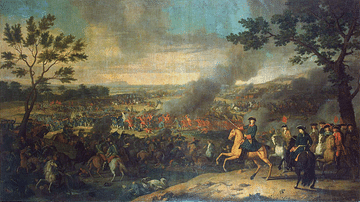
Image
Battle of Poltava 1709 By Louis Caravaque
Battle of Poltava 1709, oil on canvas by Louis Caravaque.
A painting depicting the decisive Russian victory at Poltava in 1709.
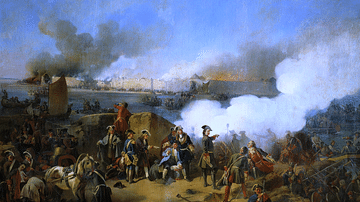
Image
Siege of Nöteborg By Alexander Kotzebue
Siege of Nöteborg (1702), oil on canvas by Alexander Kotzebue.
Peter the Great assaults the island fortress of Nöteborg, which he renamed Shlisselburg, recognising it as the "key" to taking Ingria.
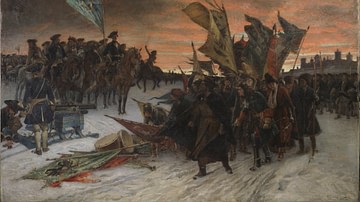
Image
Narva By Gustaf Cederström
Narva, oil on canvas by Gustaf Cederström, 1905. Nationalmuseum, Stockholm.
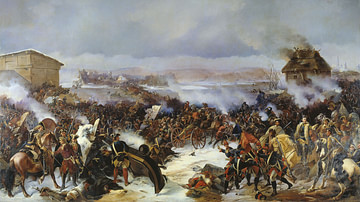
Image
Battle of Narva (1700) By Alexander Kotzebue
Battle of Narva 1700 oil on canvas by Alexander Kotzebue.
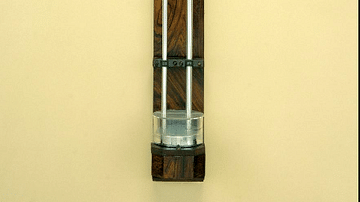
Image
Torricelli's Barometer
A replica model of the barometer designed by Evangelista Torricelli (1608-1647) in 1643 which used mercury in a thin glass tube stood in a container of mercury to measure air pressure. (Science Museum, London)
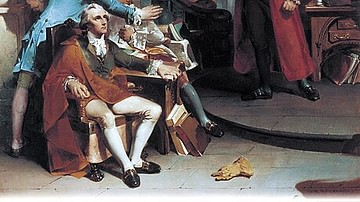
Image
Patrick Henry Before the House of Burgesses
Patrick Henry stands before the Virginia House of Burgesses to denounce the Stamp Act in May 1765. By Peter F. Rothermel, 1851, oil on canvas. In the Red Hill Patrick Henry National Memorial.
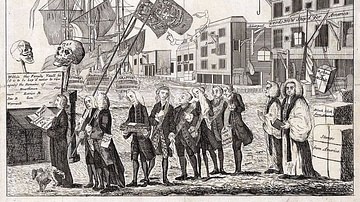
Image
Cartoon Depicting the Repeal of the Stamp Act
A political cartoon depicting the repeal of the Stamp Act in March 1766. A child's coffin, meant to represent the act, is carried by a grief-stricken George Grenville, the main proponent of the Stamp Act. Grenville is followed by the Earl...
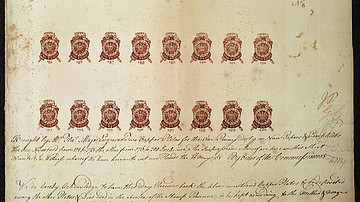
Image
Proof Sheet of One Penny Stamps Issued During the Stamp Act
A proof sheet of the one penny stamps issued as part of the Stamp Act of 1765. By an unknown engraver, 1765.
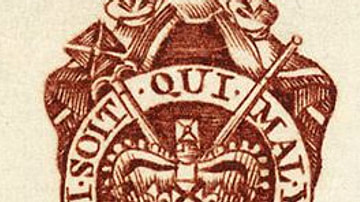
Image
One Penny Stamp from the Stamp Act of 1765
One penny stamp issued during the Stamp Act of 1765, cropped from the proof sheet. Unknown engraver, 1765.
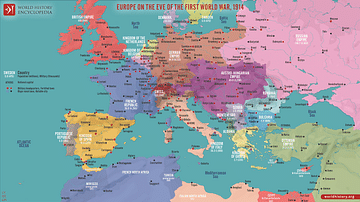
Image
Europe on the Eve of the First World War, 1914
A map illustrating the situation in Europe as it teetered on the brink of World War I (1914-18). The political landscape was marked by intricate alliance systems and fierce imperial rivalries among European powers, especially between the...